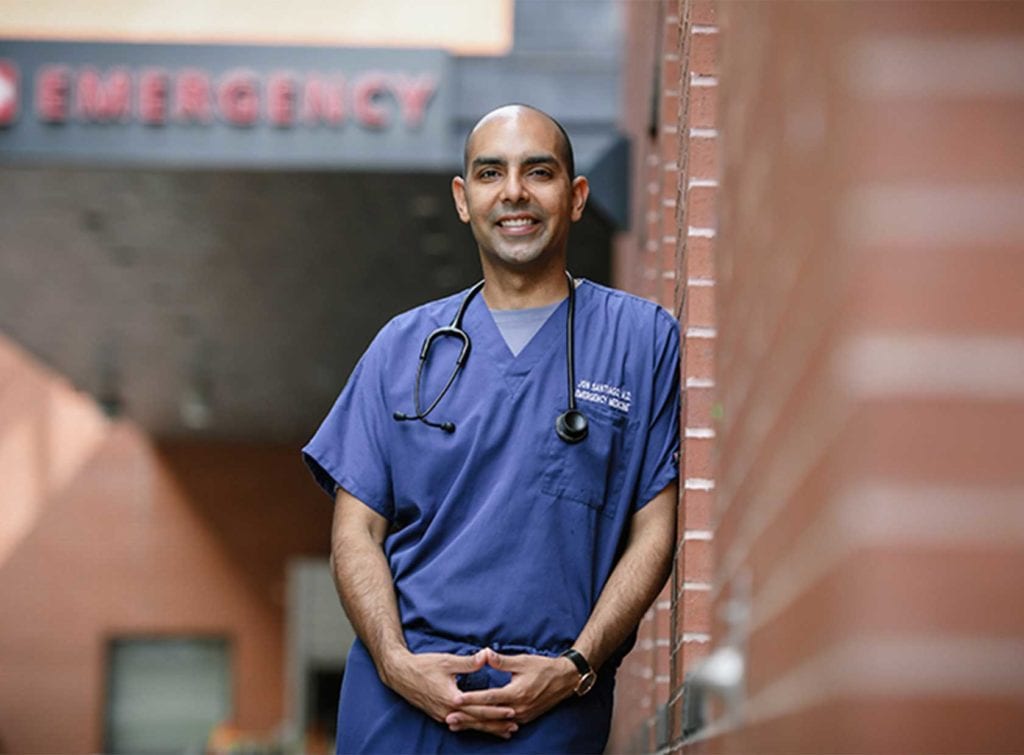
In a recent study by Health Affairs, a national health journal that has been focusing on COVID-19 matters, researchers have found specific social factors that predict high COVID-19 cases in Black and Latino communities.
“Across Massachusetts’ cities and towns, Latino and Black communities are experiencing much higher rates of COVID-19 cases. Several factors measured in our data (foreign-born non-citizen status, household size, and job type) appear to explain the higher COVID-19 case rates among Latino communities in Massachusetts,” the study reads.
Those factors strongly predicted which out of the 351 cities had the most COVID-19 cases. In larger towns, the proportion of foreign-born non-citizens was proportionate to the case rate. In smaller areas, a larger household size was indicative of the case rate.
Chelsea has the highest case rate in the state, and its population is two-thirds Latino. The city’s case rate is “six times higher than the state average,” according to the study.
State Rep. Jonathan Santiago, who represents much of the South End in the 9th Suffolk district, is an ER doctor at Boston Medical Center who worked closely with Black and Latino COVID-19 patients at the onset of the pandemic. He says the increased COVID rates among Black and Latino communities was not surprising to health professionals.
“What we see right now, is what we expected,” he told the Banner. “It’s really an exacerbation of the disparities that already exist. It’s important to note that 80 percent of health outcomes are associated with the social determinants of health,” he said. He is referring to such factors as immigration status, economic equality and housing status.
Health Affairs also concluded that the proportion of essential workers is higher in Black and Latino communities, but they may be affected differently. For instance, “Latino persons tend to be disproportionately employed in essential services that are public facing, particularly in the food service industry, which we found to be associated with higher COVID-19 rates,” the study reads.
“It’s 100% associated with exposure,” Santiago says. “Our communities don’t have the resources to stay home … so we have to be out in the community, potentially infecting ourselves, come back home, potentially infect our neighbors and families,” he said.
Santiago is calling on his fellow legislators and others who work in government to start addressing the social factors that contribute to the health of these communities. Currently, he says, they’re making short-term investments like increasing public awareness and making testing centers more accessible to Black and Latino communities.
He wants the state to do more
“Double down on our commitment to addressing the social determinants of health,” he said.
Santiago suggests pushing for a better living wage, housing protection, and economic and educational equity-oriented legislation. At the state level, the eviction moratorium has been extended to keep tenants in their homes until October 17, and the Senate has passed a health care bill that may remove some barriers to testing. Other assistance through funding such as the Student Opportunity Act and aid from the federal government is still pending.
“The response from the state should have more urgency,” Santiago said.






